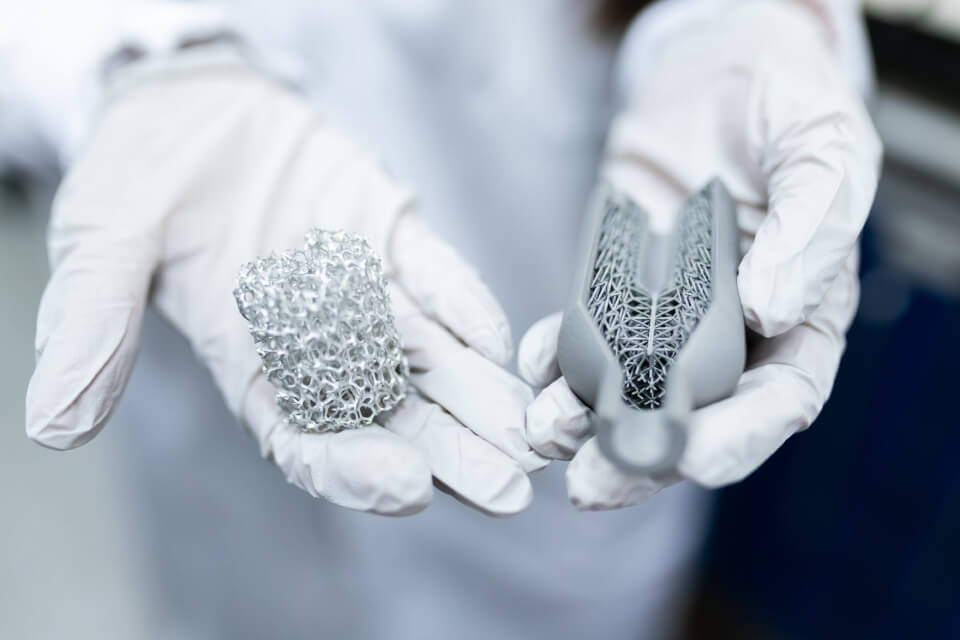
In today’s fast-paced digital era, computers have become an integral part of our lives. From personal tasks to complex business operations, computers have revolutionized the way we work, communicate, and gather information. In this article, we’ll delve into the world of computers, exploring their history, functions, impact on society, and much more. So, let’s embark on a journey to uncover the wonders of computers!
Introduction to Computers
In this digital age, computers are ubiquitous devices that process information and perform tasks with incredible speed and accuracy. They have evolved from room-filling machines to sleek devices that fit in our pockets.
Evolution of Computing
The journey of computing dates back to ancient abacuses and mechanical calculators. However, it was in the mid-20th century that electronic computers emerged, paving the way for rapid technological advancements.
Early Computers: From ENIAC to Mainframes
The first electronic general-purpose computer, ENIAC, was a massive innovation. It occupied an entire room and performed calculations thousands of times faster than human beings. Mainframes soon followed, enabling large-scale data processing.
The Microcomputer Revolution
The introduction of microprocessors led to the birth of microcomputers or personal computers (PCs). This revolution democratized computing, bringing it into homes and small businesses.
Components of a Computer System
A computer system comprises various components, each playing a crucial role. These include the central processing unit (CPU), memory, storage devices, input/output devices, and more.
CPU: The Brain of the Computer
The CPU executes instructions, performing calculations and managing data. It consists of the arithmetic logic unit (ALU) and the control unit.
Memory Hierarchy: From RAM to Cache
Computer memory exists in a hierarchy, with registers and cache providing high-speed storage for frequently accessed data, while RAM holds currently running programs.
Types of Computers
Computers come in diverse forms to cater to different needs. They can be classified into mainframes, servers, desktops, laptops, tablets, and smartphones.
Mainframes and Servers
Mainframes and servers power large-scale operations like data processing and hosting websites. They offer reliability and scalability for enterprises.
Personal Computers and Mobile Devices
Personal computers, including desktops and laptops, are versatile devices used for various tasks. Mobile devices like tablets and smartphones provide on-the-go computing and connectivity.



